Rickert Nature Preserve Plants
Lupinus Perennis
Lupine
Wild Lupine
Perennial Lupine
Native: Yes
Perennial
Habitat: Full sun; well-drained soil. Soak seeds in warm water for 12-24 hours before planting. Might want to start seeds in a mixture of peat moss and sand and then transplant seedlings. Sow to a depth of no more than 1/8". Attracts Butterflies.
Wild lupine, with its beautiful spikes of blue flowers, hosts the federally endangered Karner blue butterfly (Lycaeides melissa samuelis). Females lay eggs on lupine leaves and blossoms, which become food for the slug-shaped larvae. Two rarer butterflies, the Persius duskywing (Erynnis persius), and frosted elfin (Callophrys irus), also depend solely on lupine.
Lupinus perennis . . WILD LUPINE 1 to 3 ft. . . Sun . . Loose, well drained soil . . Native . . Dense spikes of deep blue flowers. Late spring. Unique palmately divided leaves.The tap rooted Wild Lupine should have loose, well dug or sandy soil. Drought tolerant.
Zones 4 to 9
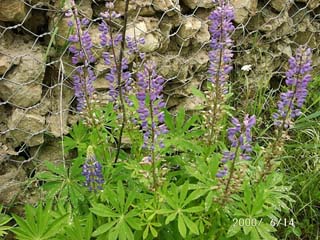
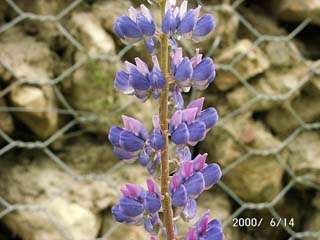
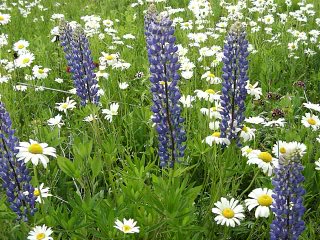
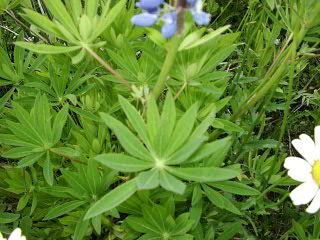
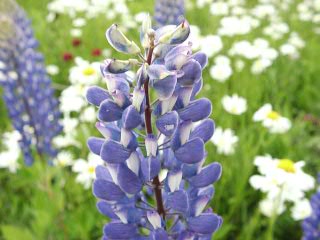
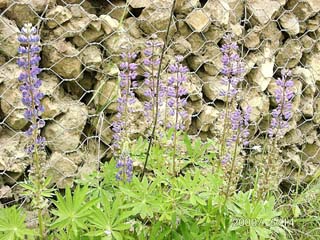
 Wildflower
Seed Sale
Wildflower
Seed Sale